This Is Why F-15EX Deliveries Have Been Delayed
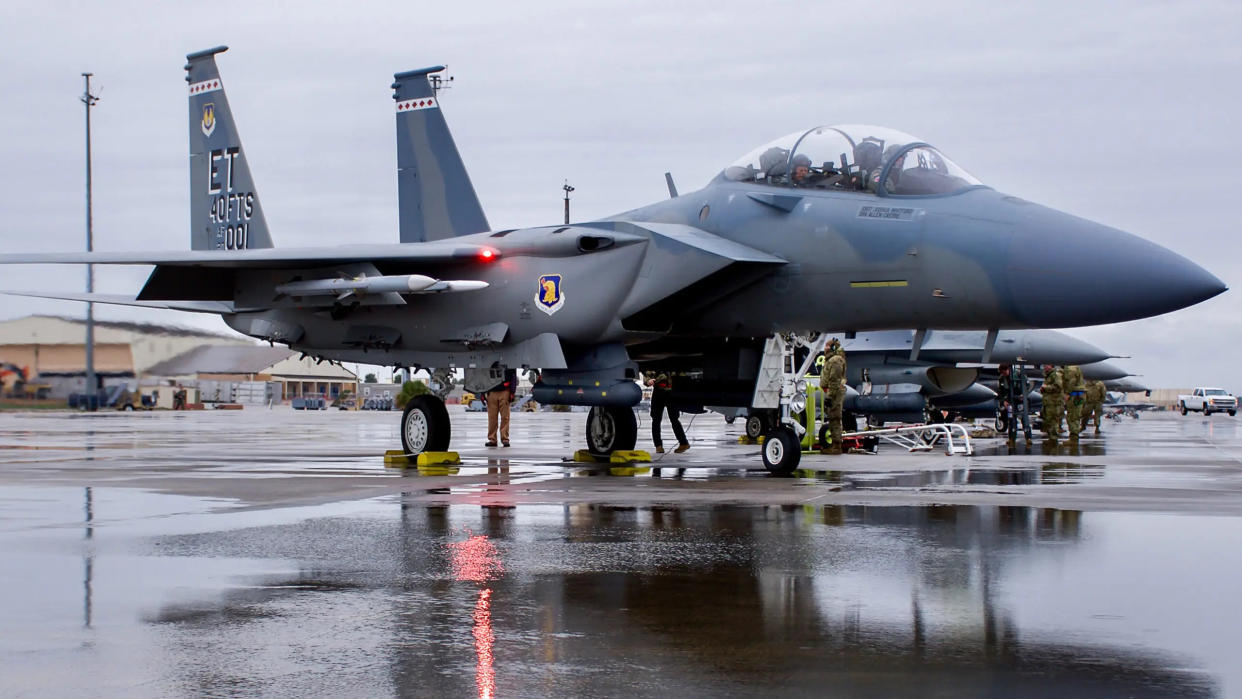
The latest progress report on major weapon systems from the U.S. government’s supreme audit institution sheds light on the reasons why the U.S. Air Force has, so far, only received two F-15EX Eagle II fighter jets. A combination of wrangling over the planned acquisition totals and production issues with the first batches of jets has pushed the timeline to the right.
While these aircraft are being acquired to replace the Air Force’s aging F-15C/D Eagles, the service initially said it would buy at least 144 examples, a number that has since fluctuated, but which has settled, for now, on 104 F-15EX aircraft, although their final distribution remains not entirely clear.
The latest Report to Congressional Committees from the U.S. Government Accountability Office (GAO) provides a detailed analysis of where the F-15EX program stands now, noting that the program transitioned from the Middle Tier of Acquisition (MTA) status to the major capability acquisition pathway in September 2022. MTA refers to a process by which the Pentagon seeks to develop and deliver systems within five years from the program start. Major Capability Acquisition is the next milestone in the process of actually buying a new weapon system.
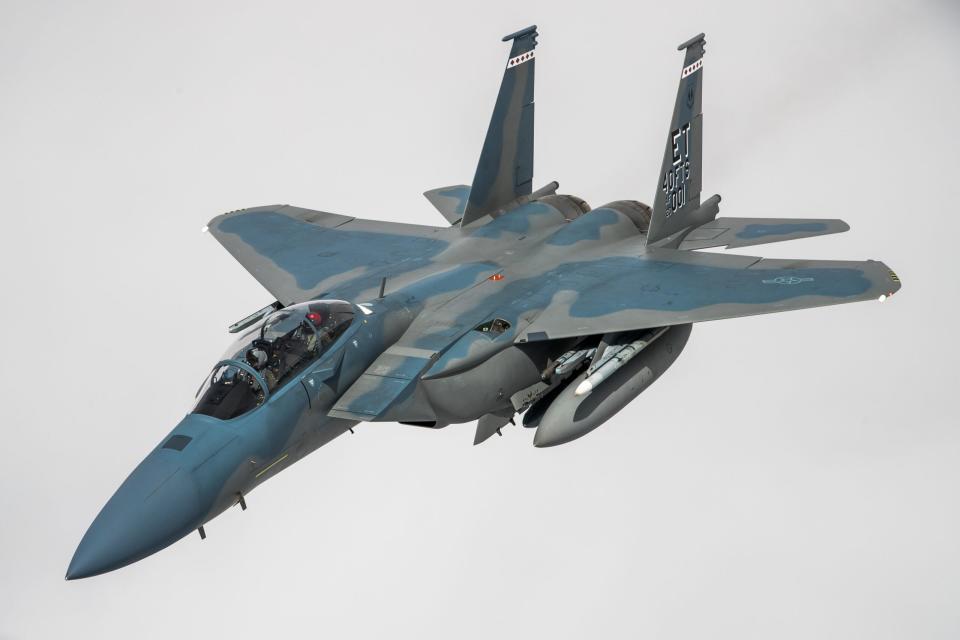
However, as the report explains, it was originally planned to move from MTA to Major Capability Acquisition in March 2022, with the six-month delay coming as a result of budget considerations for Fiscal Year 2023. In that budget request, the Air Force sought to slash F-15EX numbers from 144 to 80, with funds instead being allocated to programs deemed more important, like its future air combat program, known as Next Generation Air Dominance (NGAD).
On top of that, the cost estimate for the F-15EX program in June 2022 was higher than anticipated, reducing planned procurement by a further two airframes, for a total of just 78. With the Fiscal Year 2024 budget proposal, the F-15EX fleet was increased to 104, but the previous uncertainty around costs and numbers resulted in delays to the program overall.
The Air Force has confirmed that the current fleet of 104 F-15EX aircraft comprises the 94 stated in the Fiscal Year 2024 budget proposal, eight jets that were funded in previous budgets, plus two more that were funded in Fiscal Year 2022 through an above-threshold reprogramming (ATR) decision. The 104-aircraft total also includes 25 F-15EX jets that the Air Force plans to request funds to buy in Fiscal Year 2025.
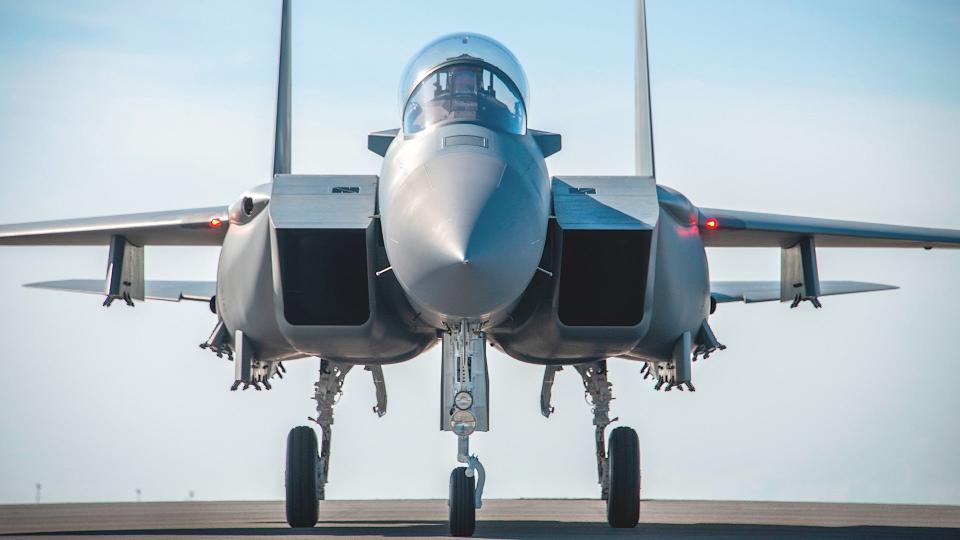
As for production orders for the F-15EX, covered by discrete lots, each of which Boeing is contracted to complete, the terms and conditions for Lot 1 production were agreed upon in November 2022, with Lot 2 expected to be finalized in May 2023. In the meantime, undefinitized orders to support these two lots were placed in July 2020 and November 2021, respectively.
But this process also suffered from delays. The reason for this, the GAO explains, is that the Defense Contract Management Agency (DCMA), responsible for administering contracts for the Pentagon, was “disapproving” of two of Boeing’s business management systems. No further details were provided in the report, but the manufacturer is said to have “developed corrective action plans to address the deficiencies,” and is now working with the DCMA to obtain final approval.
Meanwhile, on a hardware level, the F-15EX seems to be very much in a good place, with the GAO determining that its “technologies are mature, and its design is stable,” helped by the fact that it’s derived from an existing aircraft. Reflecting this, tests of system-level and production-representative F-15EX prototypes were completed back in May 2021.
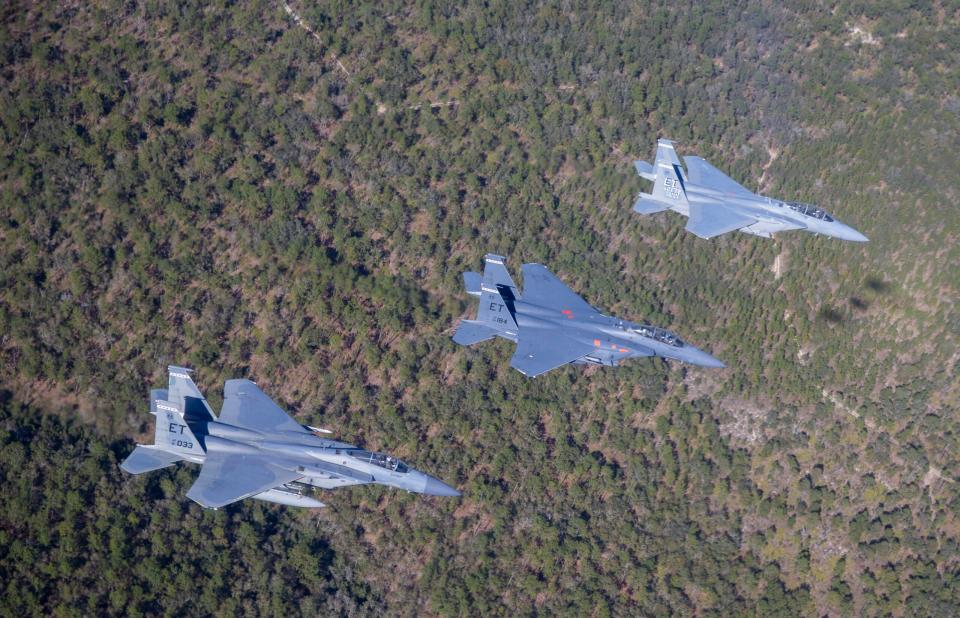
Despite this maturity, however, the holdups have continued. The Air Force is still waiting for its first Lot 1B aircraft — these will be the first to be delivered to the Air Force since the pair of jets were delivered in early 2021, known as EX1 and EX2. They have since been used to support testing and evaluation.
At one point, Lot 1B deliveries were due to start in December 2022, but were also hit by sixth-month delays. The GAO attributed these to “production-related issues.” The report explained further: “The primary driver of these delays was supplier quality problems related to a critical component in the forward fuselage assembly that ensures safety of flight. Program officials said that those quality issues were corrected as of the production of the seventh and eighth aircraft.”
It’s unclear exactly what part of the forward fuselage was judged deficient, but there have been glitches encountered elsewhere, too. Specifically, a drilling tool used by Boeing had a “design error,” resulting in inaccurately drilled holes for the windscreen installation on the third through sixth F-15EX aircraft. Boeing has since fixed that problem but now needs to re-drill the holes on the affected aircraft before launching production of the Lot 2 aircraft. As a knock-on effect, the production start of Lot 2 has been delayed by two months.
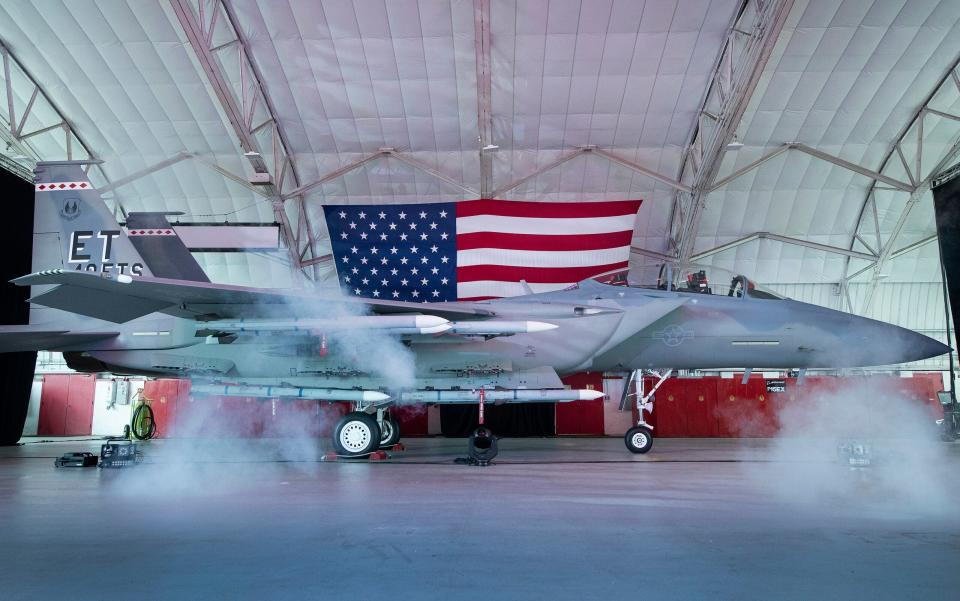
The revised delivery schedule calls for the delivery of six Lot 1B aircraft at a rate of two per month between May and July of 2023, although it’s unclear at this stage if these aircraft have begun to be handed over to the Air Force. Analysis from the DCMA and Boeing suggests the target probably has been missed.
Concerned by “production-related issues encountered thus far,” the DCMA has concluded it’s unlikely that Lot 1B deliveries will be completed until September 2023. Meanwhile, Boeing expects the first and second Lot 1B aircraft to be delivered in July 2023 and August 2023, respectively.
“Additional Lot 1B aircraft delivery delays beyond July 2023 will make it challenging for the program to meet its planned milestone dates, including initial operational capability and full rate production in 2023,” the report warns.
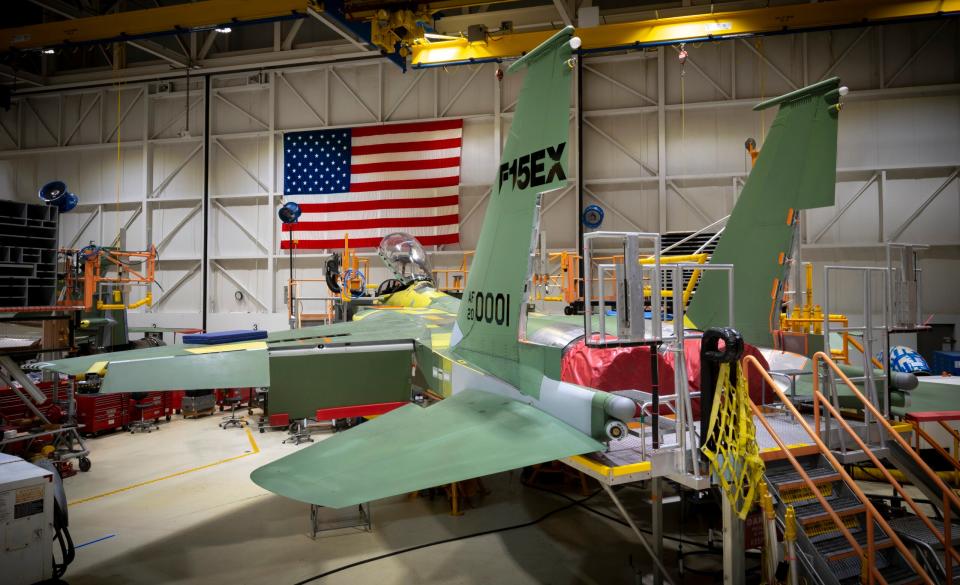
Looking further ahead, the GAO identifies cybersecurity as the “primary risk” to the F-15EX program. The stated reason is that the Eagle II is derived from an export-configured aircraft, Foreign Military Sales aircraft are not designed to comply with the U.S. Air Force’s cybersecurity requirements.
Work to assess the F-15EX’s cybersecurity attributes continues, as part of a six-phase process outlined by the Pentagon. So far, the first two parts of the analysis have been completed, but the report didn’t offer more details on this, beyond the fact that the studies will continue until Lot 1B aircraft deliveries are completed.
In the meantime, the Air Force is still grappling with how best to field the F-15EX, once it starts to arrive in significant numbers.
As we reported recently, the current F-15C/D schoolhouse at Kingsley Field, in Klamath Falls, Oregon, will now replace its Eagles with F-35A stealth jets, rather than F-15EX aircraft. In the future, Eagle training, both for the F-15EX and F-15E Strike Eagle, will be handled at Seymour Johnson Air Force Base in North Carolina.
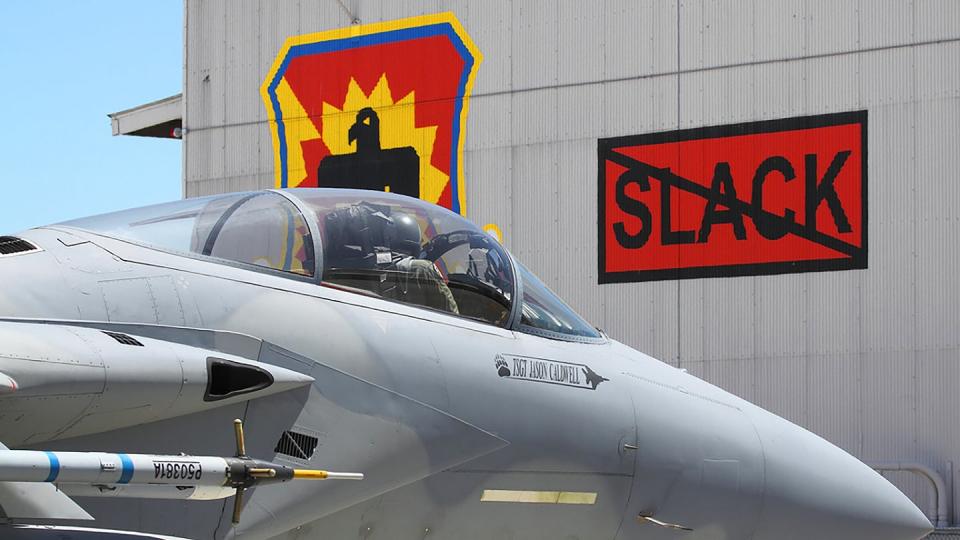
The Air Force has recently announced plans to station F-15EX jets with the California and Louisiana Guard units. These are in addition to the 142nd Fighter Wing in Portland, Oregon. But beyond those, the distribution of the Eagle II across the Air Force remains uncertain as the numbers do not add up and additional units should be able to receive the type, as you can read more about here.
All of this comes at a time in which the Air Force is increasingly grappling with how to allocate its budget as it focuses on modernization. While the latest budget request brought better news for the F-15EX, with a modest increase in planned numbers, its proponents will be hoping that it avoids further delays, especially at a time in which plans for fielding the Eagle II — as well as the future of the F-15E fleet — are still liable to change.
Contact the author: thomas@thedrive.com

